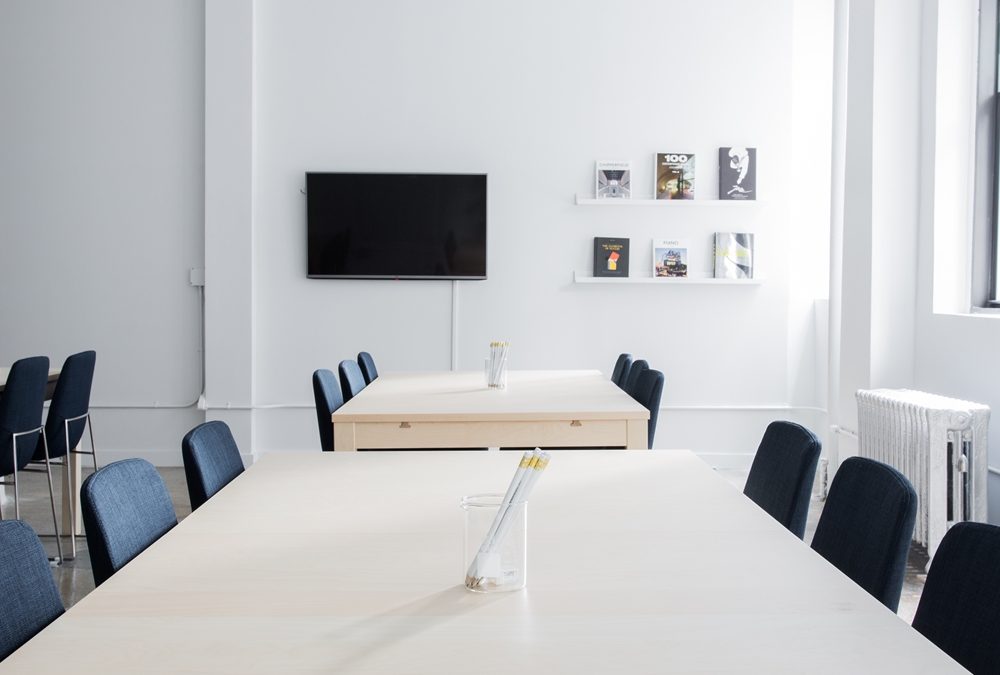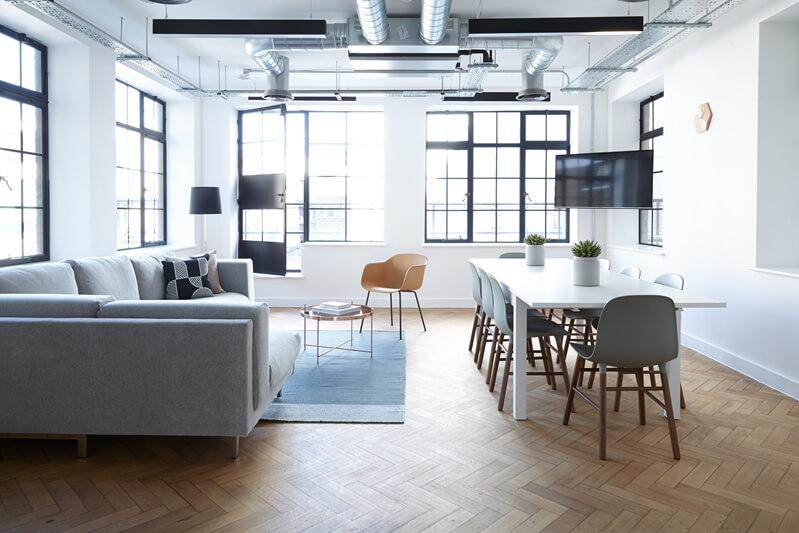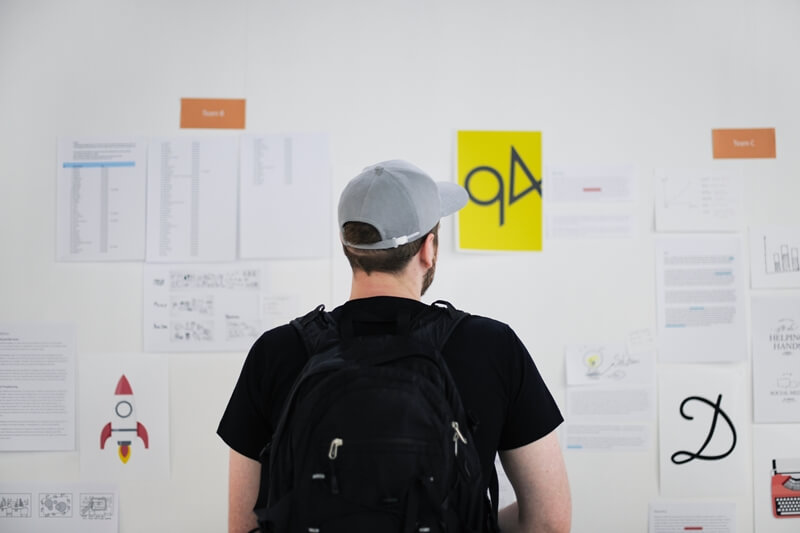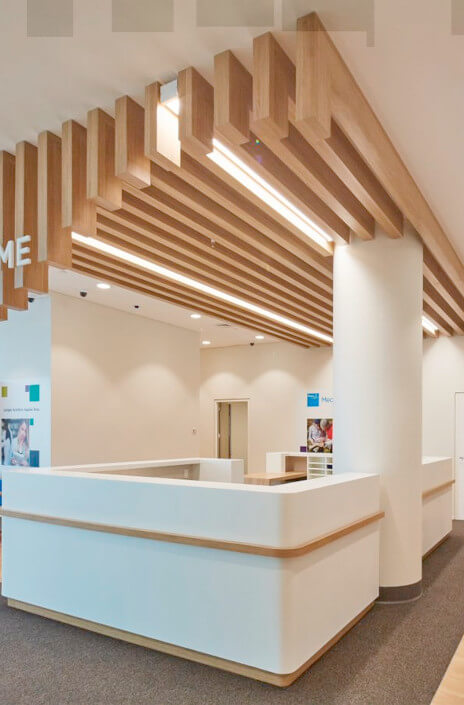The priorities of the millennial workforce are focused around flexibility and mobility. While working

How much should workflow influence commercial design?
One of the key characteristics of the millennial workforce is its focus on flexibility. Not only in working hours, but in roles, tasks and progression opportunities. It’s the “more is more” mentality writ large across an entire generation, resulting in a workforce that wants to devour every task and do so at its own pace.
This is a massive break from the traditional nine-to-five routine, and it’s an ethos that’s here to stay – and our workplace design needs to be reflecting this better. How can you make it happen?
1) Comfort over ergonomics
Ergonomics is no longer the priority for many office spaces – comfort is. Technology has enabled employees the world over to get tasks done from home, while in transit, and even when they are out of the country. The impacts on workplace design are twofold – people are able to get work done in environments that aren’t geared solely towards efficiency; and offices can become sites of collaboration and consultancy.

This means commercial fitouts have some leeway to focus on comfort first and efficiency second. More open seating spaces, fewer isolated desks. Bring people together and keep them comfortable – today’s workforce can make the rest happen.
2) Embracing the work-life boundary blur
Another impact of an increasingly mobile workforce is the blurring of lines in people’s work-life balance. We work from home, and bring a lot more social and cultural activity into the office in return.
It means the commercial spaces of today go beyond working environments, becoming areas where people need to feel at home just as much as they feel productive. Research from Knight Frank suggests that “home-like environments” and multiple different working zones, each tailored to a different mood or activity level, can go a long way to matching the flexibility in our workforce.
3) Design for transparency
PwC’s ‘Workforce of the Future’ report delivers a number of takeaways for businesses looking to evolve, and a key lesson is building transparency. By establishing clear narratives for your organisation and every individual within it, you give people a sense of purpose and a tangible reason to continue working.

It’s a critical move for an increasingly flexible workforce that sees new opportunities everywhere. In terms of commercial design, transparency is easy to build. Remove hierarchical fitouts that hide executives behind closed doors, and opt for glass and open-plan spaces.
Flexibility is the name of the game for most Australian businesses at this point. By embracing that mobility in your commercial design approach, you create a space that future employees will love. When you’re ready to create yours, get in touch with the team at Innova.
